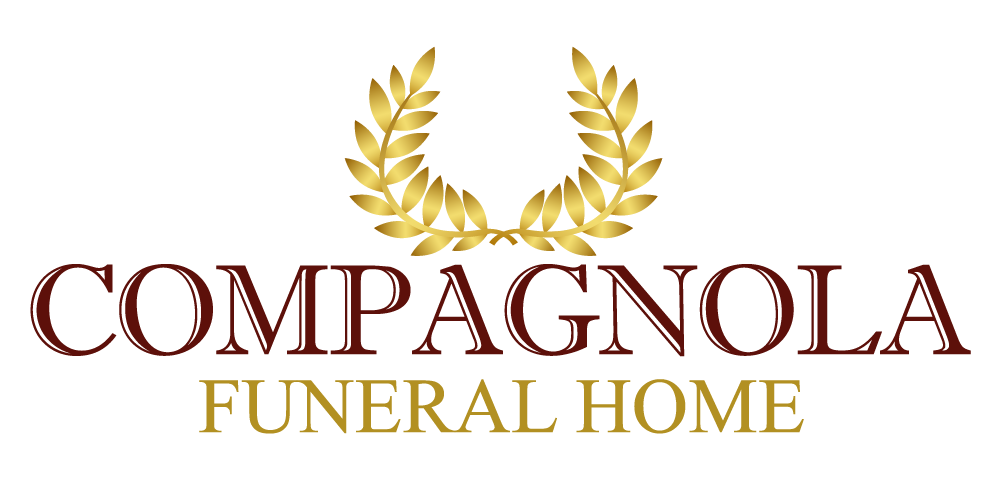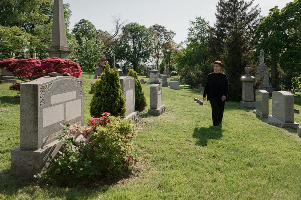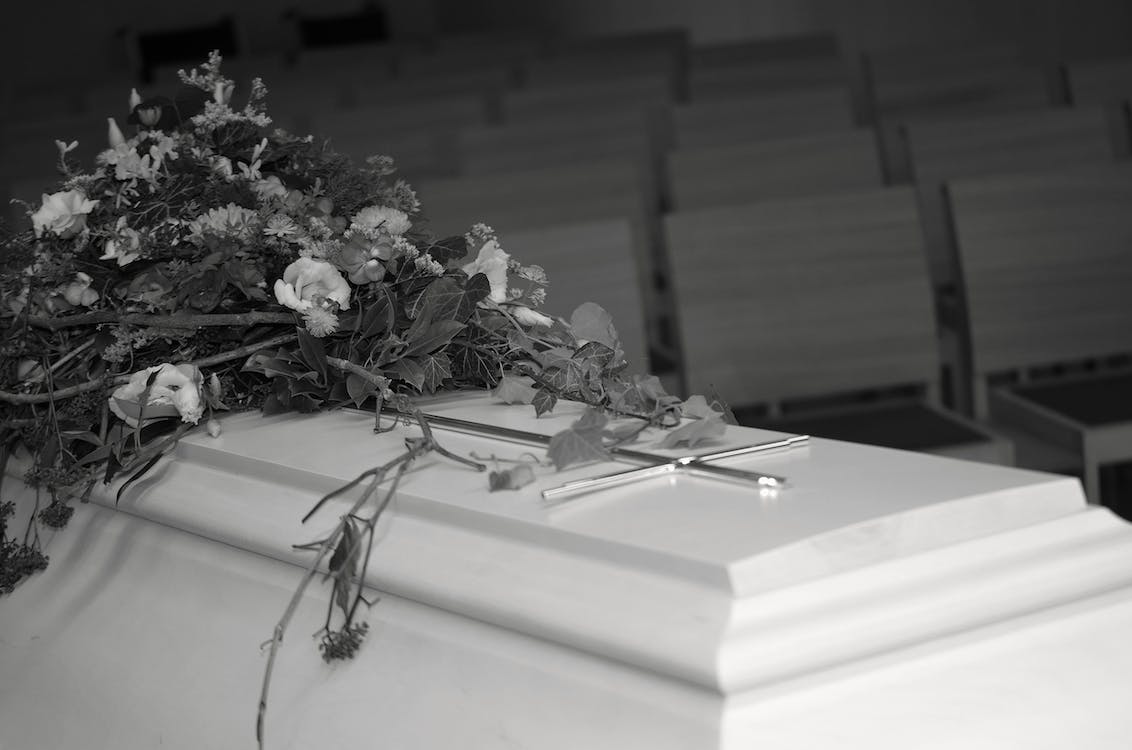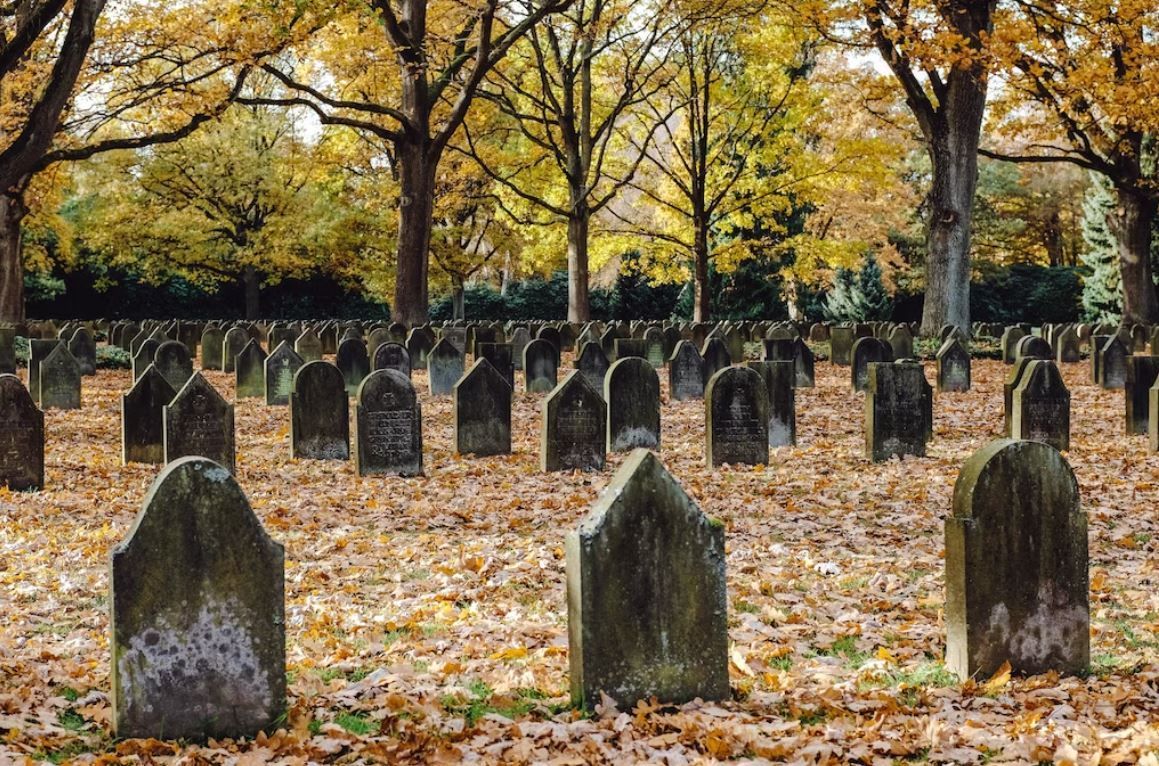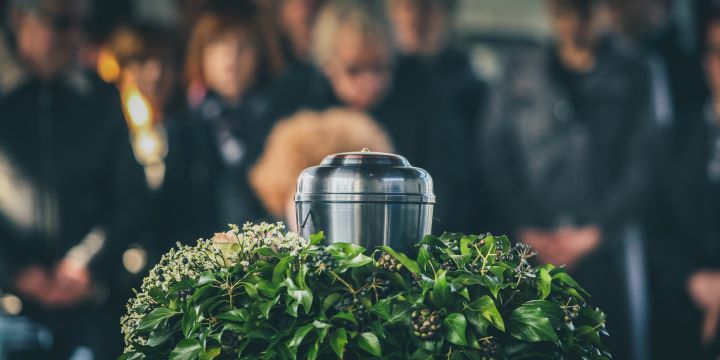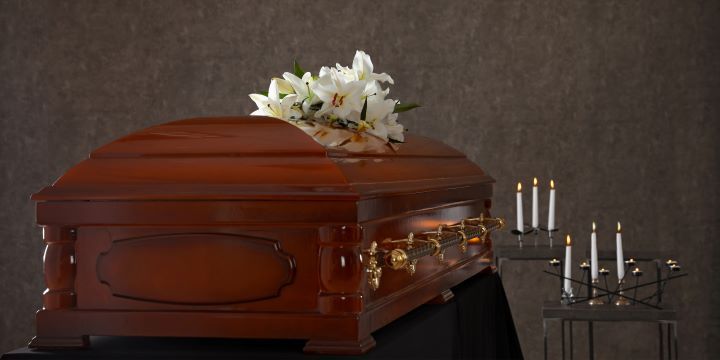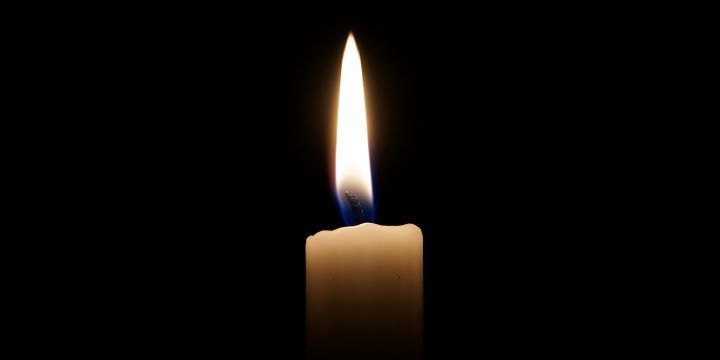Direct Cremation as an Alternative To Traditional Funeral
In the funeral service sector, the most basic cremation is known as a "direct cremation." There will be no funeral or other ceremony prior to the cremation.
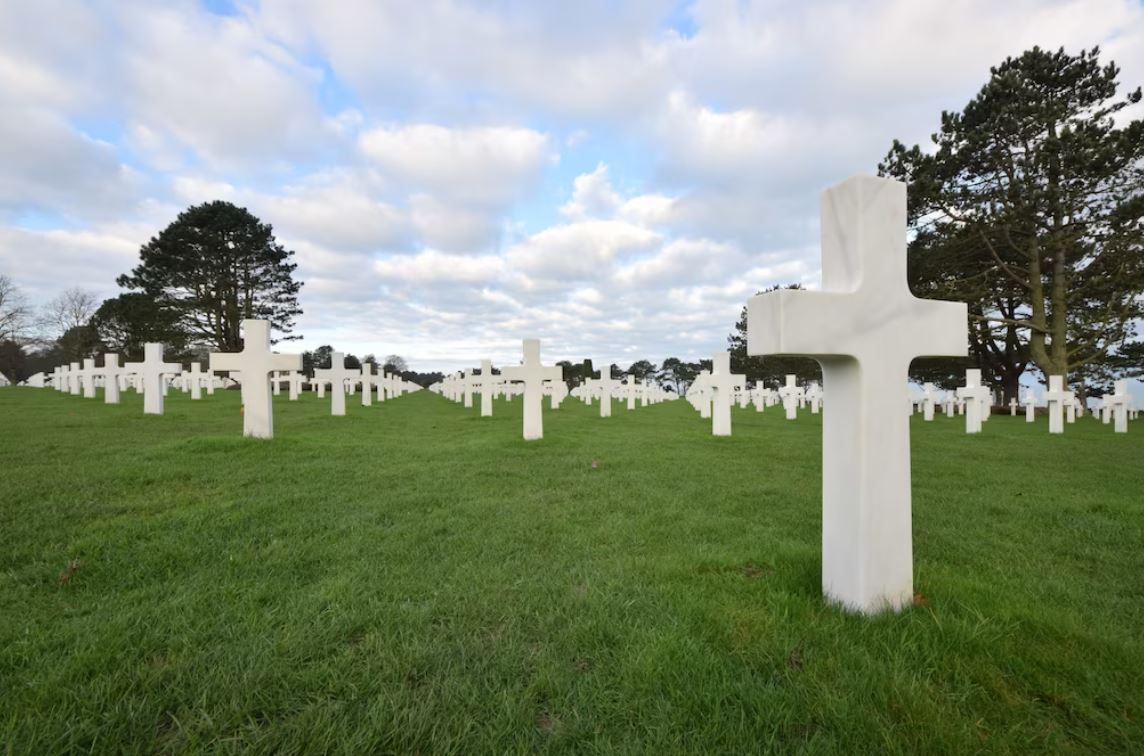
Direct cremation is a type of funeral service that bypasses traditional funeral ceremonies and instead focuses on the cremation of the deceased. In this type of cremation, the body is cremated soon after death without a public viewing or funeral service. The ashes are then returned to the family or disposed of in their chosen manner. For more inquiries, you can contact cremations in Reading, PA.
The process of direct cremation involves the following steps:
Removal of the Deceased
Removal of the deceased refers to transporting a dead person's body from the place of death to a funeral home or crematory. This is typically done by a funeral director or a mortician, who will handle the legal and logistical aspects of the removal.
The removal process may involve obtaining necessary documentation, such as a death certificate, and complying with regulations and laws related to the transportation of the deceased. The funeral director will also ensure that the body is handled with dignity and respect during removal.
Once the body has been removed, it can be prepared for cremation or burial, or held for a public viewing or funeral service, depending on the wishes of the deceased and their family.
Preparation for Cremation
The body is prepared for cremation following the laws and regulations of the state where the cremation is taking place.
Cremation
The body is placed in a cremation chamber and subjected to high temperatures ranging from 1400 to 1800 degrees Fahrenheit. The heat reduces the body to its basic elements, including bone fragments and ashes.
Return of the Ashes
Return of the ashes refers to the process of providing the remains of a deceased person, in the form of ashes, to their family or designated individuals. This typically occurs after the body has been cremated and the ashes have been processed and placed in a temporary container or an urn.
The return of ashes is an important part of the cremation process, as it allows families to keep their loved one's remains with them or to scatter or bury the ashes in a special location.
The process of returning the ashes typically involves the following steps:
- Processing: The ashes are processed to remove any larger bone fragments and are placed in a temporary container or an urn chosen by the family.
- Identification: The ashes are positively identified to ensure that the correct remains are being returned to the family.
- Delivery: The ashes are delivered to the family or designated individuals in a secure and dignified manner.
In some cases, the crematory may offer additional services, such as scattering the ashes in a designated location or creating a memorial item, such as a piece of jewelry, containing a portion of the ashes.
The return of ashes is an important part of the grieving process for many families, and it provides a sense of closure and comfort, knowing that their loved one's remains are being cared for and remembered in a meaningful way.
Direct cremation is a simple and cost-effective alternative to traditional funerals and burials. It eliminates the need for embalming, caskets, and traditional funeral services, which can reduce the costs associated with a funeral by 50-75%.
Additionally, direct cremation can give families more flexibility in memorialization, as they can choose to scatter the ashes, bury the urn, or keep the ashes in a special location of their choosing.
Conclusion
Overall, direct cremation is a practical option for those who prefer a simple disposition of the deceased and want to minimize the costs and formalities associated with a traditional funeral.
For more information regarding direct cremation, you can contact cremations in Reading, PA.

